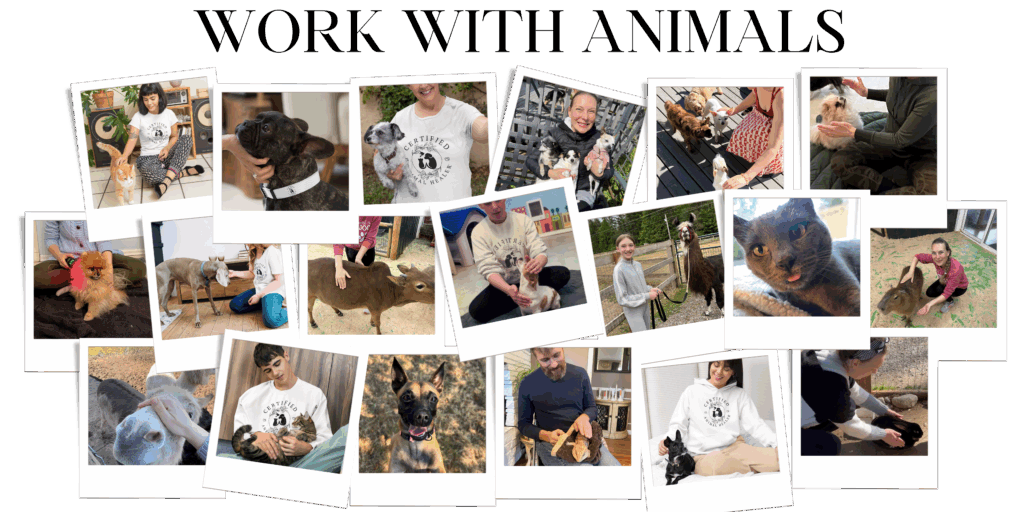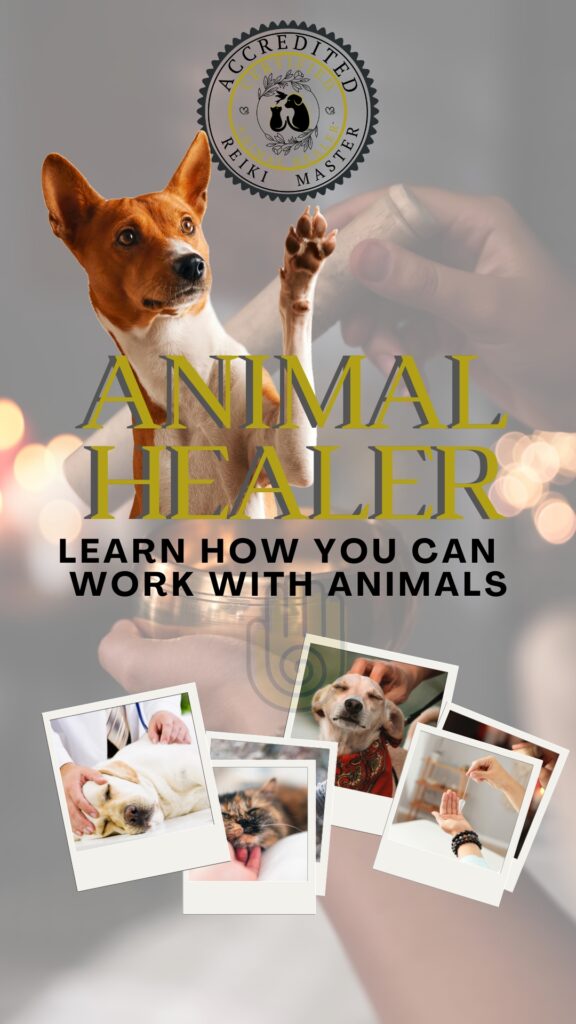If you’re running a pet business, you’re likely passionate about animals, love helping pet parents, and want to grow a sustainable business doing what you love. Whether you’re a dog daycare owner, pet sitter, trainer, or healer, one marketing strategy should never be overlooked: blogging.
Blogging is one of the most cost-effective and long-term tools you can use to increase visibility, build trust, drive website traffic, and even generate sales while you sleep. If you’ve been wondering whether it’s worth starting or consistently maintaining a blog for your pet business, this post will show you exactly how and why it’s dog-great.
1. Blogging Helps You Rank on Google (SEO for Pet Businesses)
One of the top reasons to blog is Search Engine Optimization (SEO). Every time you write a blog post, you’re creating a new opportunity to rank on Google. Think of your blog posts as doors into your website. The more doors you have, the more chances people have to find you.
When people search phrases like:
“how to choose a dog daycare”
“natural remedies for anxious pets”
“how to start a pet business at home”
…you want YOUR blog to pop up. To make this happen, your blog needs:
Keywords that your audience is typing into search engines
Headlines that grab attention and describe your content
Meta descriptions and alt tags for images
Internal links to other pages or blogs on your site
Consistent updates so Google knows your site is active
If you write one high-quality blog post per week, you’re building a library of searchable content that makes Google (and your future clients) very happy.
2. Pinterest + Blogging = Evergreen Traffic for Your Pet Business
Once your blog is live, you can double its reach by creating Pinterest pins that link back to each post. Unlike Instagram or Facebook, where a post might be visible for only a few hours or a day, pins on Pinterest can drive traffic for months or even years.
Here’s how to use Pinterest to maximize your blog content:
Design 2-3 eye-catching vertical pins per blog post
Use keyword-rich descriptions for each pin
Link each pin directly to your blog URL
Share your pins to niche boards related to pets, animals, dog care, etc.
Schedule your pins using a tool like Tailwind
Every blog you post and pin becomes an evergreen marketing asset that keeps working for you long after it’s published. For busy pet business owners, that’s a big deal!
3. Write Evergreen vs. Seasonal Blog Content (And Why It Matters)
When writing for your blog, aim for evergreen content — content that stays relevant all year long. That said, mixing in some seasonal or trend-specific blogs can help keep your content calendar timely and engaging.
Evergreen Blog Post Example Title:
“10 Questions to Ask Before Choosing a Dog Daycare”
Seasonal or Trendy Blog Post Example Title:
“5 Halloween Costumes Your Dog Will Love in 2025”
Why evergreen matters: These posts can be found, shared, and referenced again and again. They continue to bring in traffic without needing constant updates.
Why seasonal or trend content matters: These posts can boost engagement, show relevance, and attract traffic spikes. Just remember to update or archive them when they become outdated.
4. Blog Content Builds Trust and Shows Your Expertise
Blogging allows you to answer your audience’s biggest questions and solve their problems before they even pick up the phone or send an email. This builds trust.
A well-written blog positions you as a professional in your niche. Whether it’s training tips, pet nutrition, or healing modalities like Reiki or energy work, your blog becomes a go-to resource. That’s key to building loyalty and long-term relationships.
5. Every Blog Post Is a Sales Funnel in Disguise
A blog post doesn’t just have to inform — it can convert. Each post is an opportunity to guide a reader toward your offers, services, or lead magnets.
Examples:
Add a call-to-action at the bottom of each post inviting readers to download a free workbook
Insert links to your courses, products, or services within the body of your blog
Encourage email list sign-ups using a pop-up or embedded form
This is how you turn casual blog readers into actual clients and customers.
6. What to Include in Every Pet Business Blog Post (Checklist)
To make your blog worth your time, make sure each post includes:
Compelling Headline: Grabs attention and includes a main keyword
First Paragraph Hook: Establishes why the post is relevant and worth reading
Keyword Optimization: Naturally include search terms your audience uses
Valuable Content: Practical, helpful, or inspiring information
Images or Graphics: Breaks up text and adds visual interest
Internal Links: Send readers to other pages or blog posts
External Links: Reference credible sources if needed
Call to Action (CTA): Invite readers to sign up, shop, or book a service
Social Sharing Option: Encourage pinning or sharing on Facebook, Pinterest, etc.
Use a blog template or checklist so you stay consistent and efficient every time.
7. Blogging is Ideal for Any Type of Pet Business
Whether you’re a one-person dog daycare (like me!), a pet trainer, animal healer, product creator, or influencer, blogging supports your business goals. Here are just a few blog ideas to get you started based on your niche:
For Dog Daycares:
“How to Prepare Your Dog for Their First Day at Daycare”
“Benefits of Socialization for Small Dogs”
For Pet Trainers:
“Top 5 Commands Every Dog Should Know”
“How to Train a Rescue Dog with Trauma”
For Pet Healers:
“What Is Animal Reiki and How Can It Help Your Pet?”
“7 Signs Your Dog Is Holding Stress Energy and How to Help”
For Pet Product Creators:
“How to Choose Safe Toys for Small Dogs”
“Why Organic Pet Shampoo is Worth It”
8. You Don’t Need to Be a Great Writer to Be a Great Blogger
Worried about not being a professional writer? Don’t be. Blogs are meant to sound like YOU. Your audience wants your voice, not a perfectly polished journalist.
Quick Tips to Keep it Real:
Write like you’re talking to a client
Use short paragraphs and subheadings
Add your personality and stories
Use emojis if it fits your brand
And if writing still stresses you out? Outsource or use a tool like ChatGPT to co-write your ideas!
9. Repurpose Blog Content Into Multiple Formats
One blog post can become:
3-5 Instagram or Facebook captions
1 Pinterest pin
A short video or Reel
A newsletter
A lead magnet
A podcast topic
This saves time AND keeps your content consistent across platforms.
10. Final Thoughts: Don’t Wait to Start Blogging for Your Pet Business
Blogging for your pet business isn’t just a “nice to have” — it’s a foundational marketing strategy that builds brand authority, drives leads, and supports long-term growth.
Even just one blog post a month adds up to 12 new pieces of content working for you every single day. That’s 12 new ways people can find your business, learn from you, and fall in love with your mission.
So grab your laptop, your favorite tea, and get typing. Your pet business deserves a voice online that works as hard as you do.
Grab my 3Day Challenge and Newsletter and discover the step-by-step path to creating a pet business you love with more freedom, income, and joy.
With love and wagging tails,
Sasha




